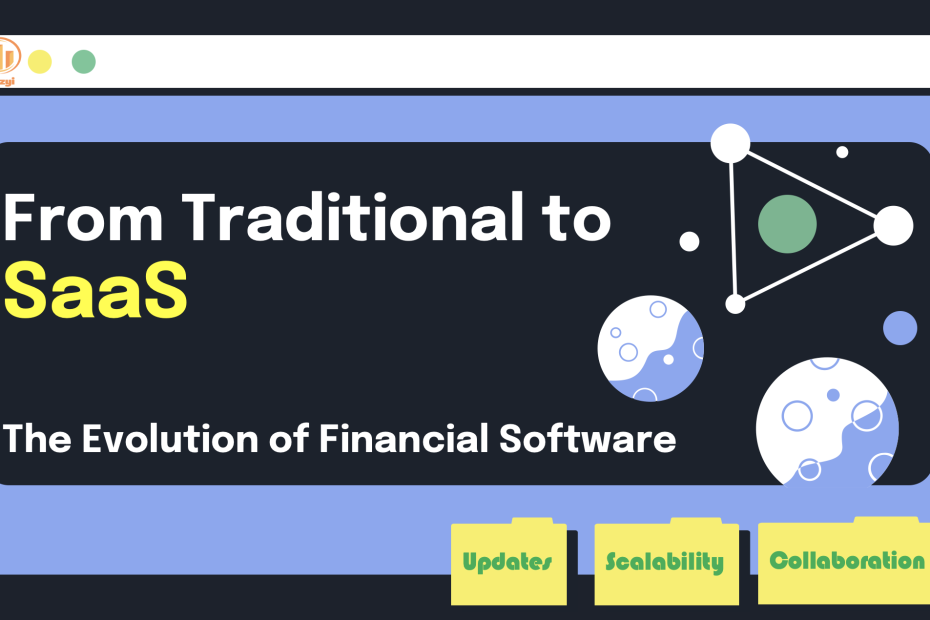Introduction: Limitations and Challenges of Traditional Financial Software
As we delve into the operation of traditional financial software, we cannot overlook its inherent limitations. One of the most significant
issues is the difficulty in updating these systems. Traditional software often employs a closed architecture, which makes upgrades time-consuming and resource-intensive, sometimes requiring complete system overhauls. This
not only increases operational costs but also puts companies at risk of missing crucial market opportunities in a rapidly changing business landscape.
Another prominent challenge is the lack of scalability. As businesses grow and expand, existing software systems frequently struggle to adapt to new demands, such as generating additional financial reports or complying
with new accounting standards. This limitation stifles business growth and can lead to delays and errors in data processing.
Data management becomes increasingly complex as businesses scale. Traditional software often fails to efficiently handle and analyze the massive amounts of financial data, hindering decision-makers’ ability to grasp the
company’s financial health accurately. This not only impacts decision-making efficiency but also introduces potential risks.
Collaboration within organizations poses yet another challenge. In today’s interconnected environment, departments must work closely together, including finance. However, traditional software often lacks effective collaborative
tools, leading to poor information flow and reduced productivity. For example, when the finance team needs to share data with other departments, the process often involves cumbersome manual operations, which are time-consuming
and increase the risk of errors.
To address these challenges, companies need to seek advanced financial software solutions. This requires a focus on not just functionality and usability but also flexibility and scalability. By incorporating innovative
technologies such as cloud computing, big data analytics, and artificial intelligence, we can build more efficient and intelligent financial software systems that help businesses meet their growth challenges and enhance
competitiveness.
The Rise of SaaS Financial Software
As internet technology has rapidly advanced, Software as a Service (SaaS) has emerged as a game-changer in financial management. The rise of SaaS is not coincidental;
it is a natural outcome of technological progress combined with market demand.
So, what exactly is SaaS? It refers to software provided as a service online, allowing users to access and use the software via the internet. This cloud-based deployment means that businesses no longer need to invest in
expensive hardware or maintain software locally, significantly simplifying the deployment process. Additionally, SaaS operates on a pay-as-you-go model, allowing users to pay only for what they use, avoiding high upfront
costs and ongoing maintenance expenses. SaaS software is also highly scalable, adjusting resource allocation according to the size and needs of the business.
The advantages of SaaS are manifold. One major highlight is real-time updates. Since the software is hosted in the cloud, development teams can quickly respond to market changes and technological advancements, rolling out
new features and optimizations without requiring users to perform manual upgrades. Furthermore, the ability to configure the software flexibly enables SaaS solutions to cater to the unique needs of different businesses.
Users can customize reports, dashboards, and workflows according to their specific preferences, enhancing productivity.
Perhaps most importantly, SaaS offers significant cost savings. Traditional financial software demands substantial investments in hardware and software, as well as a dedicated IT team for maintenance. SaaS simplifies this
by allowing users to pay for services and access high-efficiency, reliable financial management solutions. This cost reduction not only alleviates the financial burden on businesses but also enables small and medium-sized
enterprises to access high-quality financial management services at a lower cost.
The rise of the SaaS model represents not just a technological advancement but also a response to the urgent market demand for efficient, flexible, and economical management tools. In the wave of digital transformation,
SaaS financial software provides businesses with innovative financial management solutions, driving the evolution of finance towards greater efficiency and intelligence. The success of this model indicates that the future
of the software industry will increasingly focus on service-oriented, cloud-based solutions, opening up new possibilities and opportunities for businesses.
